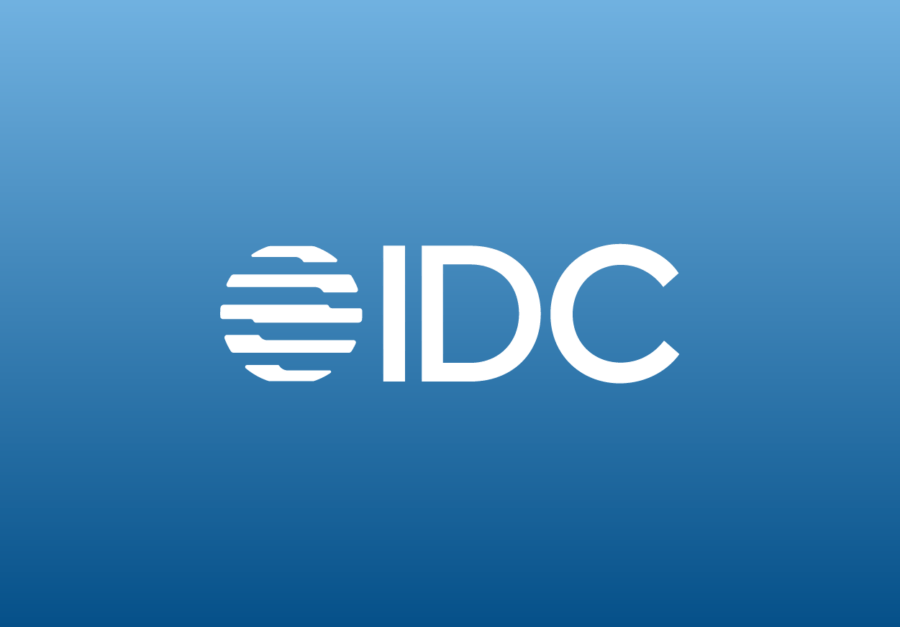Blog
As the Status of LIBOR Changes, Many Finance Teams Worry About Unpreparedness

The London Interbank Offered Rate (LIBOR) is poised to lose its status as the global benchmark interest rate at the beginning of 2022. In a little over a month, the UK Financial Conduct Authority (FCA) will no longer compel banks to submit LIBOR quotes. Thereafter, financial institutions will migrate to risk free rates (RFRs). Unfortunately, many finance teams are feeling the pressure of unpreparedness with the status of LIBOR changes on the horizon.
In the United States, the Alternative Reference Rates Committee (ARRC) originally recommended the Secured Overnight Financing Rate (SOFR) to replace USD LIBOR but in July 2021 also formally endorsed CME Group’s “SOFR Term” rate. In the UK, the Bank of England is overseeing a transition to SONIA and similar transitions are occurring for JPY, CHF and EUR LIBOR, as well as other rates globally.
While RFRs, such as SOFR, are generally free to use (apart from the Swiss Average Rate Overnight or SARON) they are technically more complex to adopt. Migrating to SOFR Term may be technically straightforward, however, a license to use the rate is required from CME, and similar term rates are not available in most countries. SOFR Term is based on futures trading and it remains to be seen how liquid and reliable the rate will prove to be for use as a global benchmark compared to SOFR.
Transactions that do not have fallback provisions when LIBOR financing ends have the potential to become fixed rate. Those that do include provisions for replacing LIBOR with an alternative rate, will likely contractually migrate to ‘fallback’ rates, which incorporates a fixed spread over SOFR. The use of fallbacks may result in a transfer of value to or from the counterparty. ‘Synthetic’ LIBOR rates will also be available for ‘tough legacy’ positions.
Ready or Not: Status of LIBOR
Unsurprisingly, given this complexity, many treasury and finance departments are still not ready for the change. As noted in the 2021 AFP Liquidity Survey, 39 percent of U.S.-based organizations do not have any LIBOR transition plans. However, that’s significantly better than a year ago, when about 60 percent of survey respondents said they had not begun any transition plans.
Globally, the outlook is somewhat more encouraging. While the International Swaps and Derivatives Association (ISDA)’s reports on derivatives trading shows new trades on USD LIBOR far outstrips new trading on SOFR, new trades in GBP, CHF, JPY and EUR LIBOR is a small fraction of the trading in Risk Free Rates, suggesting a broader preparedness.
That said, a recent poll of treasury and finance professionals mostly based in the UK and Europe during a September 2021 Kyriba/PwC webinar found that 82 percent do not feel ready for the LIBOR transition. This suggests wider concerns outside of new derivatives. This is supported by 73 percent in the poll admitting they don’t feel confident that they understand the legal and transfer pricing implications of the LIBOR transition.
But the LIBOR transition is coming, whether financial professionals are ready or not. As such, treasury and finance departments need to determine any areas where LIBOR may be a factor.
LIBOR Finance: Key Considerations
There are multiple, underlying ways in which your department might be impacted the LIBOR status.
LIBOR contracts may exist outside the treasury portfolio. Many organizations have contracts in other area of finance. Customer and procurement agreements may have LIBOR terms embedded within them and will need to be revisited.
LIBOR may exist deep within your systems and processes. As Ming Min Lee, partner at Oliver Wyman explained in a recent AFP Treasury in Practice (TiP) Guide, LIBOR has existed for decades. Therefore, treasury teams with billing or contract management systems that have built-in interest rates likely use LIBOR as the reference rate.
Rates need to be revisited for all geographical areas that your organization operates in. Different countries and regions may use different RFRs to replace their current IBORs, as well as different methodologies and conventions. Additionally, cross-border transactions or agreements in countries with close trading ties like Canada and the U.S. will also need to be reviewed.
Fallback rates can be costly. ISDA’s fallback rate methodology is not straightforward to reproduce, however, a number of providers are publishing the calculated rates. Be aware that such providers often require licensing that carries a significant charge from 2022. Kyriba is also providing the facility to calculate compounded rates from RFRs following ISDA’s fallback methodology; the facility is available at no extra cost in Kyriba’s risk module.
Spread adjustments may vary. Some companies have been discussing spread adjustments with their banks that would make up the difference between LIBOR and their RFR. Negotiating an equitable spread prevents one counterparty benefiting over the other. This is not a trivial exercise and many may find these conversations with their counterparties difficult, with time quickly running out.
Further Reading
Even though the deadline is close, treasury and finance departments still have time to act. Kyriba customers can access our special guide, “Transition from LIBOR to Risk Free Rates,” within our system. Additionally, the following resources can you help you prepare:
Fact Sheet: Kyriba LIBOR Fallback Rate Calculation












